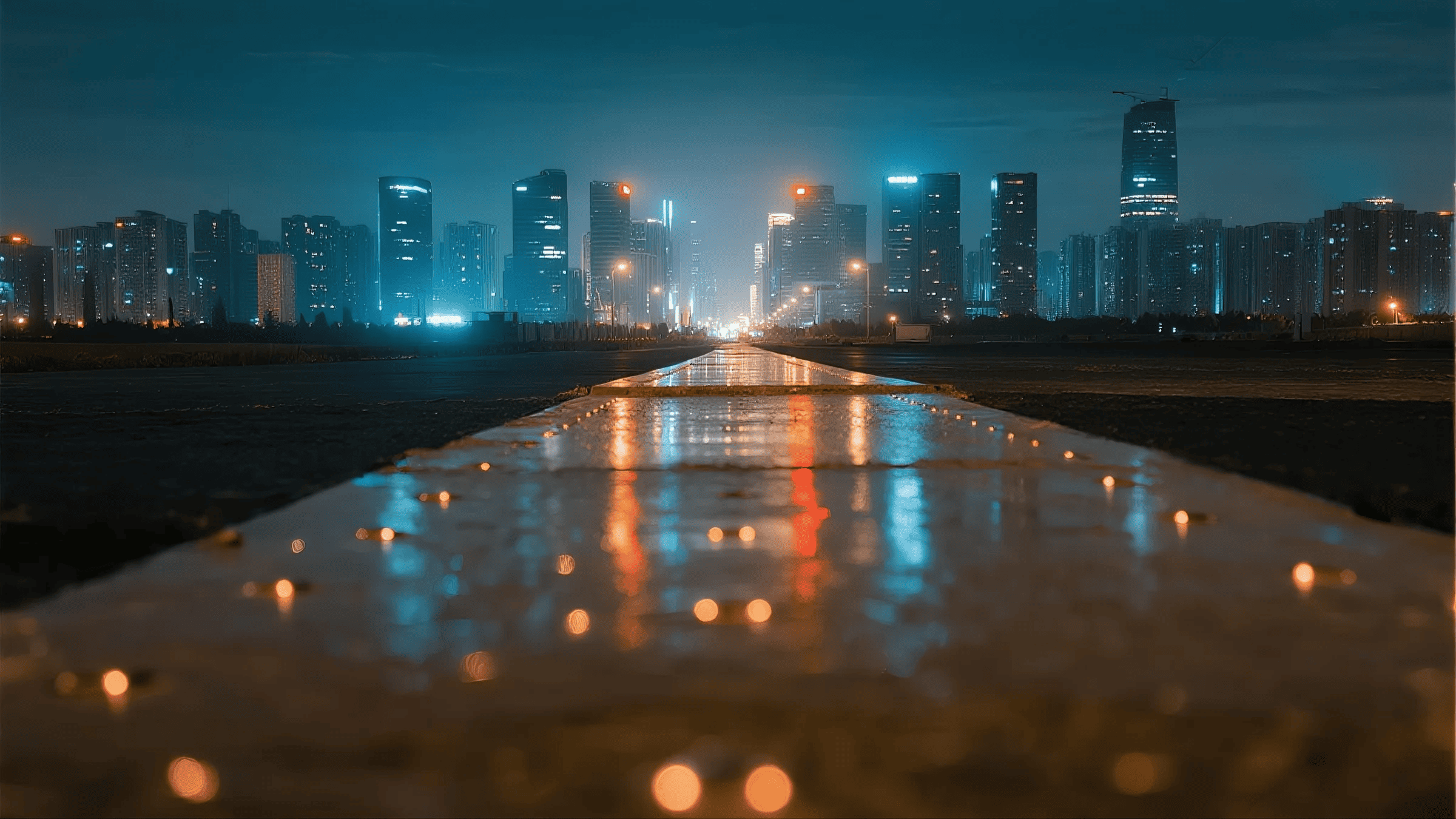Seeing the Stars: A Traveler’s Guide to Light Pollution in China
The glow is undeniable. As your plane descends into Shanghai or Beijing, a vast web of light spreads to the horizon. It’s a breathtaking symbol of modern China’s energy and ambition. We’ve seen it countless times, and it never fails to impress. But this electric glow, while beautiful from a distance, comes at a cost. It creates a luminous blanket that hides one of nature’s greatest spectacles: the night sky.
This is light pollution. It’s the reason the Milky Way is a myth to millions of city dwellers. For travelers, it can profoundly change your experience of China. It can wash out the nighttime views from the Great Wall or make it impossible to capture that perfect starry photo over a karst mountain.
At Travel China With Me, we believe in showing you the complete picture of this incredible country. That includes its glittering megacities and its vast, star-dusted wilderness. This guide is born from our years of experience on the ground. We want to help you understand light pollution in China, how it might affect your trip, and most importantly, how to escape it to find the celestial wonders that still await.
Table of Contents
What is Light Pollution and Why Does it Matter for Your Trip?
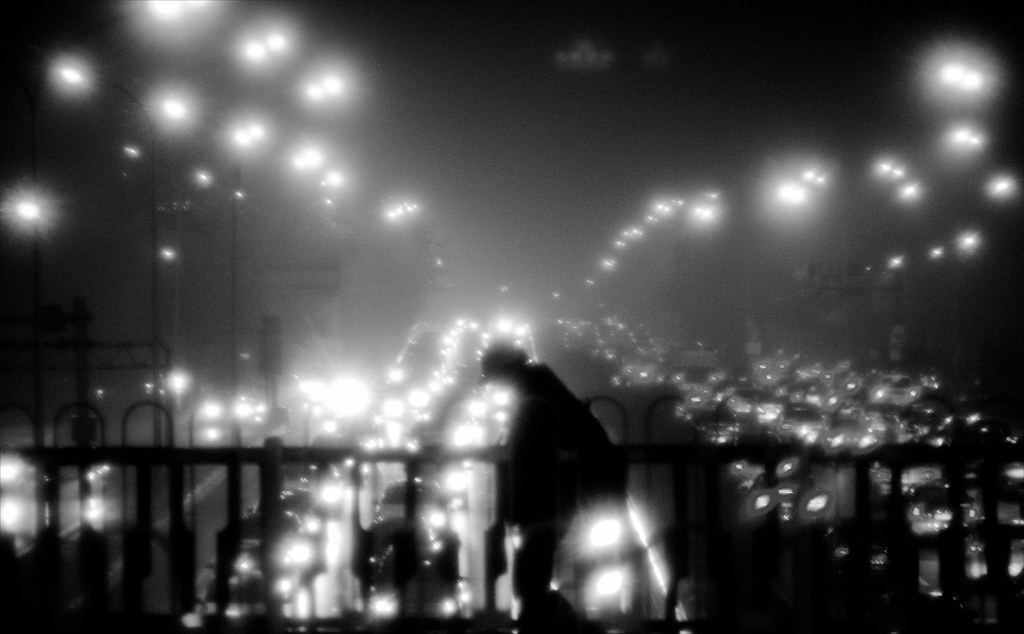
Light pollution is more than just bright city lights. It’s the excessive, misdirected, or obtrusive use of artificial light. Think of it as a form of environmental pollution. It has real consequences for wildlife, human health, and your travel memories.
More Than Just a Bright Sky
When we talk about light pollution, we’re usually seeing a few different things. The most common is skyglow. This is the bright haze you see over urban areas. It’s caused by streetlights, building lights, and advertisements reflecting off particles in the atmosphere. This glow can travel hundreds of kilometers from its source.
Then there’s glare, which is the uncomfortable brightness of a poorly shielded light source. Think of a security light shining directly into your hotel room window. Finally, light trespass is when that unwanted light spills onto areas where it’s not needed, like a national park bordering a new development. For a traveler, these elements combine to erase the night.
How It Can Affect Your China Adventure
You might not think about the brightness of the night sky when planning a trip. But it can shape your experience in subtle and significant ways.
- Washed-Out Wonders: Imagine hiking a remote section of the Great Wall for a sunset view. You hope to see the stars pop out as darkness falls. Instead, a persistent orange glow from a nearby city hangs on the horizon, reducing the stars to a few faint dots. The magic is diminished.
- Photography Challenges: Astrophotography is nearly impossible in major Chinese cities. The skyglow overwhelms the faint light from stars and galaxies. You need specialized filters and a lot of post-processing to get even a mediocre shot.
- Altered Ambiance: Many of China’s most beautiful sites have a different, more contemplative feel at night. A stroll along West Lake in Hangzhou or a quiet moment in a temple courtyard can be magical. But harsh, unshielded lighting can turn a serene experience into one that feels more like a theme park.
- Your Internal Clock: Our bodies are designed to sleep in darkness. The constant glow from outside your hotel window can disrupt your circadian rhythm. This can worsen jet lag and leave you feeling less rested for the next day’s adventures.
The Scale of Light Pollution in China: A Sobering Realit
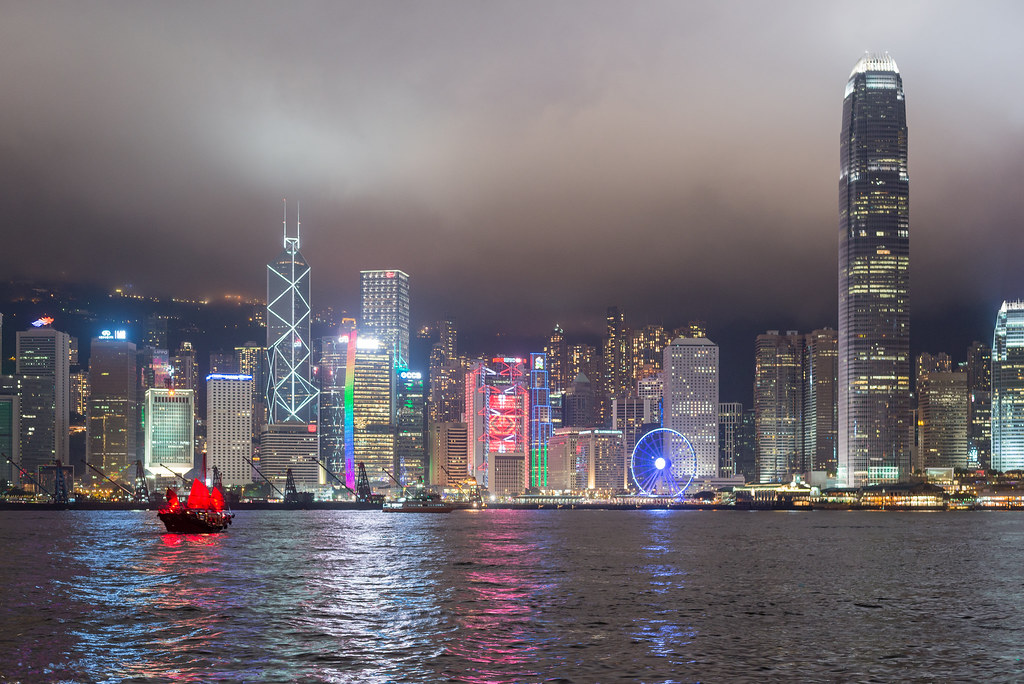
China’s economic development has been fueled by rapid urbanization and industrialization. This incredible growth has lifted millions out of poverty. But it has also made it one of the most light-polluted countries on Earth. The change has been incredibly fast. A spot that was dark a decade ago might now be under a perpetual twilight.
A Nation Under a Luminous Cloud
The statistics are staggering. A landmark study, the “World Atlas of Artificial Night Sky Brightness,” revealed the extent of the issue. While the data is from 2016, the underlying trends have largely continued. It found that a vast majority of the Chinese population lives under light-polluted skies where the Milky Way is no longer visible. The night sky of their ancestors, full of stories and legends, has been replaced by an orange-gray ceiling.
The main drivers are easy to see. Megacities have expanded, creating vast urban clusters. Industrial zones, ports, and infrastructure projects operate 24/7 under a sea of floodlights. The widespread adoption of cheap, bright blue-white LEDs has, in some cases, made the problem worse by creating more disruptive glare and skyglow.
The Most Light-Polluted Regions: The Big City Glow
If you are flying into one of China’s major hubs, you are entering a hotspot of light pollution. The light from these areas is so immense it is easily seen from space. We have spent extensive time in these regions and can attest to the almost complete absence of stars.
Here are the most severely affected areas:
Region | Major Cities Involved | Traveler’s Experience |
|---|---|---|
Pearl River Delta | Guangzhou, Shenzhen, Dongguan, Hong Kong | A massive, interconnected megalopolis. The sky here rarely gets darker than a deep twilight, even on the clearest nights. |
Yangtze River Delta | Shanghai, Suzhou, Hangzhou, Nanjing | Intense skyglow radiates from Shanghai, affecting the entire region. Finding true darkness here is virtually impossible. |
Beijing-Tianjin-Hebei | Beijing, Tianjin | Beijing’s core is incredibly bright, and the glow extends far into the surrounding Hebei province, impacting nearby sections of the Great Wall. |
Sichuan Basin | Chengdu, Chongqing | While surrounded by mountains, the basin traps air and light pollution, creating a persistent haze and bright night sky. |
In these cities, you might be able to spot Venus, Jupiter, and perhaps a handful of the brightest stars like Sirius. But constellations are difficult to trace. The moon is often the only prominent celestial object. This is the reality of modern urban China. But China is a vast country. The story doesn’t end here.
Escaping the Glow: China’s Best Places for Stargazing
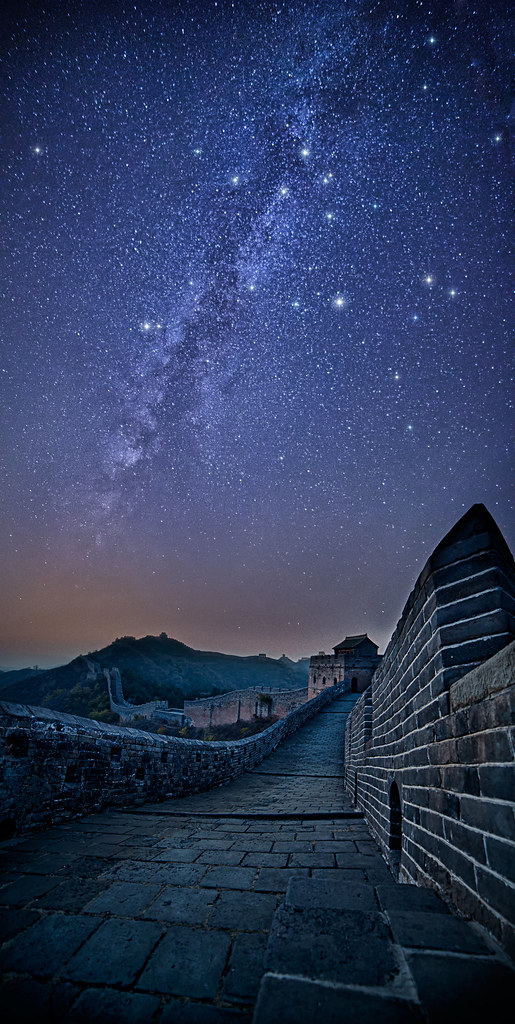
While the cities glow, China’s enormous and sparsely populated west holds some of the last great dark-sky sanctuaries in Asia. For us, taking travelers to these places is a truly special experience. Seeing a client look up and gasp at the sheer number of stars is a powerful reminder of what we’ve lost elsewhere. If seeing a brilliant night sky is a priority for your trip, these are the places to go.
Tibet: The Roof of the World, Closest to the Stars
There is nowhere else on Earth quite like the Tibetan Plateau. The combination of extreme altitude, thin, dry air, and low population density makes it an astronomer’s dream. The air is so clear and stable that the stars don’t seem to twinkle; they shine with a steady, intense light.
- Ngari Dark Sky Park: This was China’s first recognized dark sky area. Located in the far west of Tibet at over 4,200 meters (13,780 feet), it boasts public-outreach telescopes. The view of the Milky Way arching over the Himalayas from here is a life-changing sight. We’ve watched it rise, a shimmering band of cosmic dust and stars, and felt utterly humbled.
- Namtso Lake: Known as the “Heavenly Lake,” Namtso is one of the highest saltwater lakes in the world. The vast, reflective surface of the lake under a canopy of stars creates a surreal, mirror-like effect. Camping near its shores (with the proper permits and gear) offers an unforgettable celestial experience.
- Everest Base Camp (EBC): The night sky from EBC is legendary. With Mount Everest’s iconic peak silhouetted against the cosmos, you can witness a view that few people ever will. The thin atmosphere at 5,200 meters (17,060 feet) means there is very little to obscure the light from distant galaxies.
Western China’s Celestial Sanctuaries
You don’t have to go all the way to Tibet for incredible stars. The vast provinces of Xinjiang, Qinghai, and Gansu offer spectacular dark skies and unique landscapes.
- Xinjiang Province: In the far northwest, places like Kanas Lake and the surrounding grasslands offer pristine skies. The region’s deserts, such as the Taklamakan, are also incredibly dark, though less accessible.
- Qinghai Province: The area around Qinghai Lake, China’s largest lake, provides wide-open vistas perfect for stargazing. The Haixi Mongol and Tibetan Autonomous Prefecture, a vast and arid region, has established an astronomical observation base in Lenghu, which is gaining international attention for its pristine conditions.
- Gansu Province: The Gobi Desert near Dunhuang is a fantastic location. We’ve taken travelers out into the dunes at night, far from the city’s small glow. The silence of the desert combined with the infinite stars above is a profoundly moving experience. It connects you to the ancient Silk Road traders who navigated by these same stars centuries ago.
Finding Darker Skies Near the Beaten Path
We understand that a trip to the remote west isn’t on every traveler’s itinerary. The good news is you can still find relatively dark skies without straying too far from the main tourist routes. You just need to know where to look.
- The Great Wall (Carefully Chosen Sections): While sections like Badaling are brightly lit, more remote and wild sections like Gubeikou, Jinshanling, or Jiankou offer a much better chance to see the stars. Camping overnight on a guided tour in these areas can be a highlight of any trip to China.
- Mountain National Parks: High mountains can act as a shield, blocking light from distant cities. Parks like Zhangjiajie in Hunan or Huangshan (Yellow Mountain) in Anhui can offer decent views, especially if you stay overnight on the mountain itself. The key is to get above the lower atmospheric haze.
- Rural Yunnan: The mountainous regions of northern Yunnan, near places like Shangri-La and Lijiang, are far from major industrial centers. While the towns themselves have light pollution, a short drive into the countryside can reveal a beautiful starry sky.
A Traveler’s Toolkit: Tips for Dealing with Light Pollution

Whether you are seeking out dark skies or just want to minimize the impact of light pollution on your trip, a little planning goes a long way. Here are some of our go-to tips.
For the Stargazers and Photographers
- Plan Around the Moon: A full moon is a giant light in the sky. It can wash out all but the brightest stars. Use a moon phase calendar and plan your dark-sky adventures for the week around the new moon.
- Use Light Pollution Maps: Before your trip, check out websites like lightpollutionmap.info. You can scout locations and see just how far you need to travel from a city to find truly dark skies.
- Pack the Right Gear: A simple pair of binoculars can dramatically enhance your view of the night sky, revealing star clusters and nebulae. For photographers, a light pollution filter is a game-changer. It screws onto your lens and blocks specific wavelengths of light common in streetlights, making the stars stand out.
- Download Astronomy Apps: Apps like SkyView, Star Walk, or PhotoPills are invaluable. They can help you identify constellations, find the Milky Way, and plan your photos by showing you the position of celestial objects at any time.
For a Better Night’s Sleep in the City
- Choose Your Hotel Wisely: When booking, don’t be afraid to make a request. Ask for a room on a higher floor and facing away from the main street or any brightly lit signs. A room facing an inner courtyard is often a good bet.
- Pack an Eye Mask: This is the single most important travel accessory for a light-sensitive sleeper. A good quality, comfortable eye mask is non-negotiable for us.
- Bring Blackout Clips: Many hotel curtains look great but leave a frustrating gap that lets in a sliver of bright light. A few small binder clips from a stationery store can be used to clamp the curtains shut, creating true darkness.
China’s Awakening: The Fight for Darkness
The conversation around light pollution in China is growing. For a long time, bright lights were seen purely as a symbol of progress and safety. Now, more people are recognizing the downsides. The shift is slow, but it’s happening.
Government Initiatives and New Regulations
The central and local governments are beginning to take action. The establishment of official dark sky parks and reserves is a major step. It shows a commitment to preserving the night sky as a natural resource. Some cities are also starting to implement smarter lighting standards. This includes using shielded fixtures that direct light downwards where it’s needed, using warmer-colored LEDs that are less disruptive, and implementing curfews for decorative lighting. These are small steps, but they signal a growing awareness.
Grassroots Movements and Public Awareness
Driving this change are passionate individuals and groups across the country. Local astronomy clubs organize public stargazing events, taking telescopes to city parks to give people a glimpse of what they’re missing. The China Biodiversity Conservation and Green Development Foundation (CBCGDF) has a committee dedicated to dark sky conservation. They run educational programs and advocate for better lighting policies. This growing community of stargazers, environmentalists, and educators is slowly helping to bring back the night.
Our Final Thoughts: Balancing Modernity and Natural Wonder
China is a land of contrasts. It is home to some of the brightest, most futuristic cities on the planet. It is also home to some of the darkest, most pristine skies. As a traveler, you have the unique opportunity to experience both. The glow of the Shanghai skyline and the shimmer of the Milky Way over a Tibetan lake are both authentic parts of the modern China story.
Understanding light pollution doesn’t have to be about doom and gloom. It’s about being an informed and intentional traveler. It’s about knowing that if you want to see the stars, you need to make a conscious effort to seek them out. It’s about appreciating the quiet darkness as much as the vibrant city lights.
At Travel China With Me, our goal is to help you find the balance. We can design an itinerary that immerses you in the energy of the great cities and then takes you away to the profound stillness of the country’s wild, dark places. China’s greatest wonders are not just its palaces and pandas, but also the vast cosmos that unfolds above.
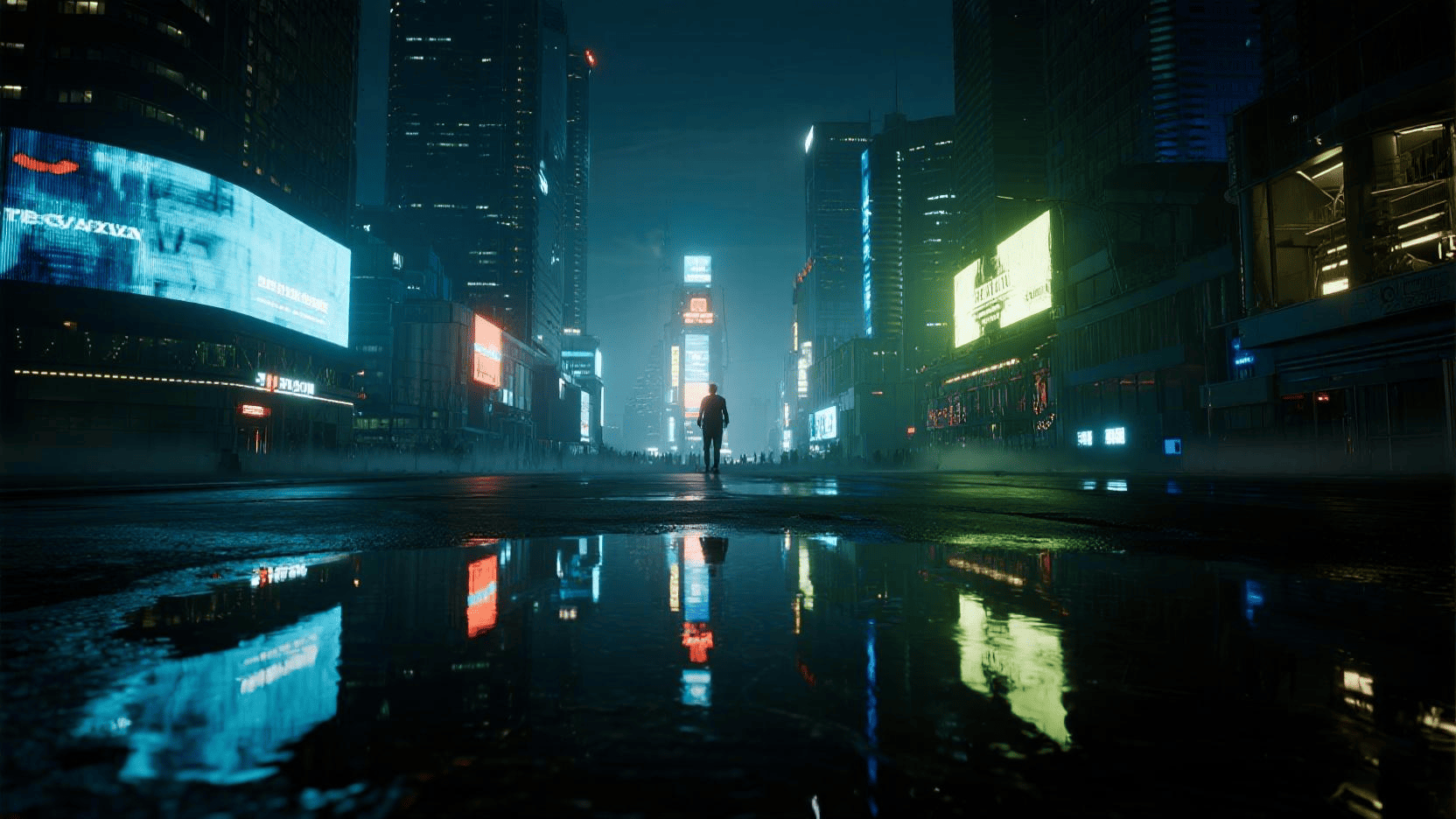
Frequently Asked Questions (FAQ)
Can you see any stars from Beijing or Shanghai?
In the city centers, it’s very difficult. On an exceptionally clear night, you might see a few of the very brightest stars and planets. However, you will not see constellations clearly or the Milky Way. You need to travel at least 1-2 hours outside the city into mountainous or rural areas to see a decent number of stars.
Is light pollution in China getting better or worse?
Overall, the artificially lit surface area in China continues to expand with development. However, awareness of the problem is growing rapidly. The creation of dark sky parks and new lighting regulations in some cities are positive signs. The situation is complex: worsening in some developing areas while improving in others with better planning.
What is the best time of year for stargazing in China?
This depends on the region, but generally, late autumn and winter offer the best conditions. The air is often drier and more stable, leading to clearer skies. The summer monsoon can bring cloudy weather to many parts of the country. For the Tibetan Plateau, spring and autumn are ideal.
Do I need special permits to visit dark sky parks in China?
For places in Tibet like the Ngari Dark Sky Park, you will need the standard Tibet Travel Permit, which we arrange for all our travelers. Other national parks or reserves may have their own entry fees but typically don’t require special permits just for stargazing. Access is usually straightforward.
How does light pollution in China compare to other countries?
The light pollution in China’s eastern megacity clusters is among the most severe in the world, comparable to the Boston-to-Washington D.C. corridor in the US or the area spanning the Netherlands and Belgium in Europe. However, due to its vast size, China also has remote areas that are significantly darker than most places in Europe or the eastern United States.


